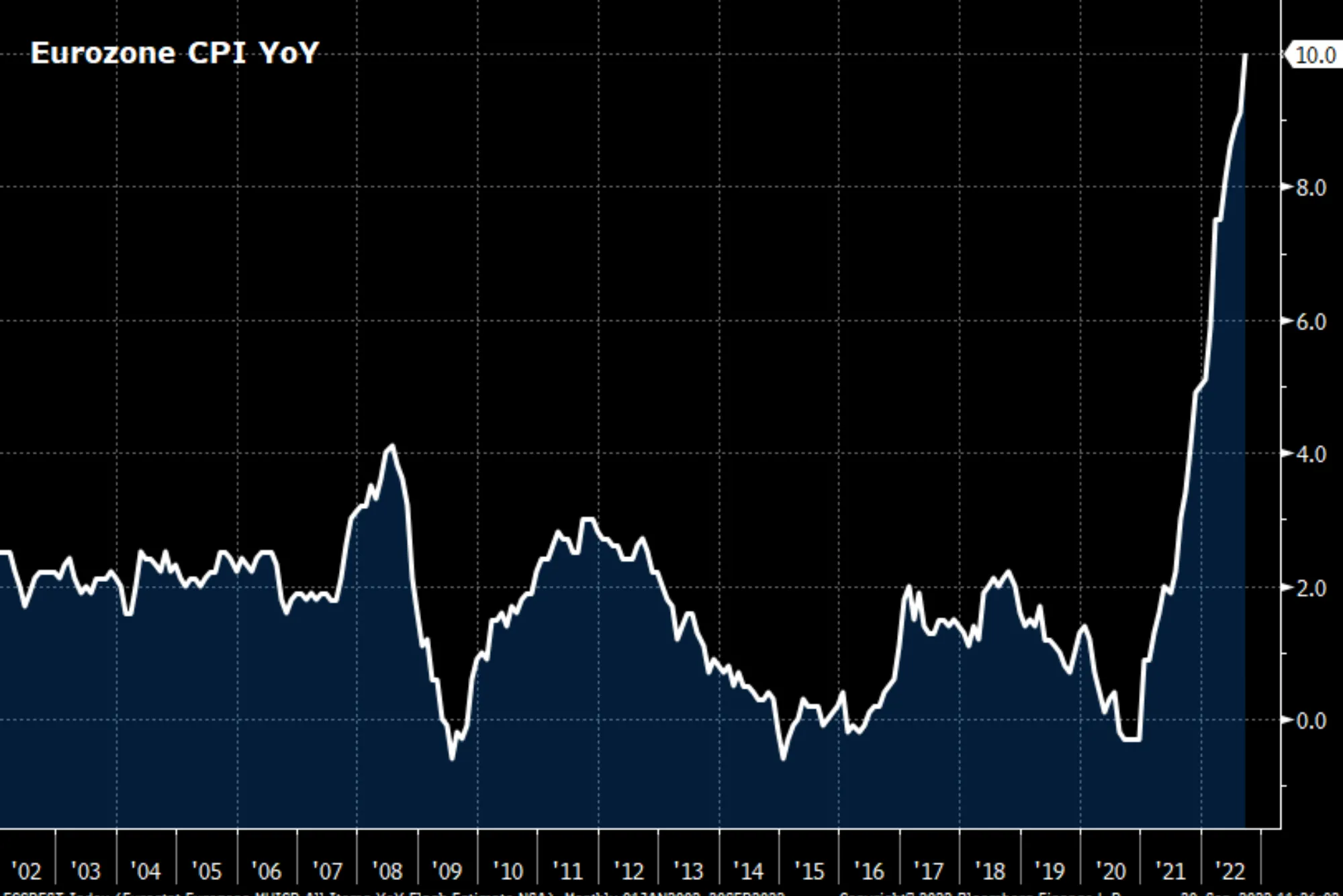In the intricate tapestry of global economics, the Eurozone stands as a significant player. Within this economic powerhouse, the Consumer Price Index (CPI) acts as a compass, guiding policymakers, businesses, and investors through the ever-shifting landscape of inflation. This article embarks on a comprehensive journey, exploring the nuances of Eurozone CPI, dissecting its components, analyzing trends, and uncovering the unique connection between the Eurozone and Dubai.
Understanding CPI
What is CPI?
Consumer Price Index, abbreviated as CPI, is a crucial economic indicator that gauges the average change in prices paid by urban consumers for a basket of goods and services over time. This metric serves as a barometer for inflation, offering insights into the economic health of a region.
Components of Eurozone CPI
The Eurozone CPI is a composite index influenced by a myriad of factors. From the prices of energy and food to the cost of services, understanding the composition of this basket provides a foundation for unraveling the complexities of inflation within the Euro area.
Factors Influencing Eurozone CPI
Economic Indicators
The Eurozone’s economic performance, measured by indicators such as GDP growth and unemployment rates, has a direct impact on CPI. This section explores the symbiotic relationship between these indicators and inflation, providing a holistic view of the Eurozone’s economic dynamics.
Global Economic Trends
In our interconnected world, global economic trends reverberate across borders. Examining the interplay between Eurozone CPI and international economic shifts reveals the intricate dance of financial systems on the global stage.
Analyzing Eurozone CPI Data
Recent Trends
Diving into recent CPI data, we scrutinize the trends that have shaped and defined inflation in the Eurozone. From fluctuations in inflation rates to sector-specific analyses, this section offers a detailed examination of the current economic landscape.
Impact on Businesses and Consumers
Beyond statistical analyses, the impact of Eurozone CPI extends into the realms of businesses and consumers. Unpacking the practical implications of inflation, we explore how these trends influence decision-making and financial strategies.
Regional Variances: Focus on Dubai
Eurozone Dubai Connection
Within this expansive discussion, a specific focus is directed toward the relationship between the Eurozone and Dubai. Investigating this connection unveils unique dynamics that contribute to the ebb and flow of Eurozone CPI, creating a compelling narrative of economic interdependence.
Economic Opportunities in Dubai
As we examine the Eurozone Dubai connection, a spotlight is cast on potential economic opportunities for businesses and investors. Understanding the intricacies of this relationship becomes paramount for those seeking strategic advantages in the global economic landscape.
Future Projections and Strategies
Predicting CPI Trends
Utilizing historical data and sophisticated economic models, we endeavor to predict future CPI trends within the Eurozone. Accurate projections empower businesses and policymakers to make informed decisions in anticipation of economic shifts.
Strategic Responses
Armed with insights into Eurozone CPI trends, businesses are equipped to formulate strategic responses. This section provides actionable advice, offering a roadmap for navigating the ever-changing economic terrain with resilience and adaptability.
In the expansive terrain of Eurozone CPI, this article serves as a beacon, illuminating the intricate factors that mold inflation trends. From understanding the components of CPI to delving into global economic influences and the unique Eurozone Dubai connection, this exploration provides a comprehensive resource for those seeking to grasp the complexities of the Eurozone’s economic landscape. Stay informed, stay ahead – as the currents of inflation continue to shape the financial seas, a deeper understanding becomes the compass for strategic decision-making.




